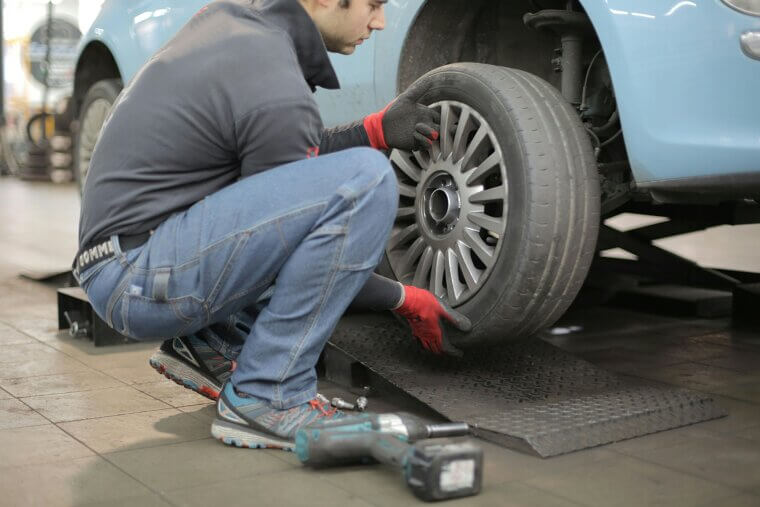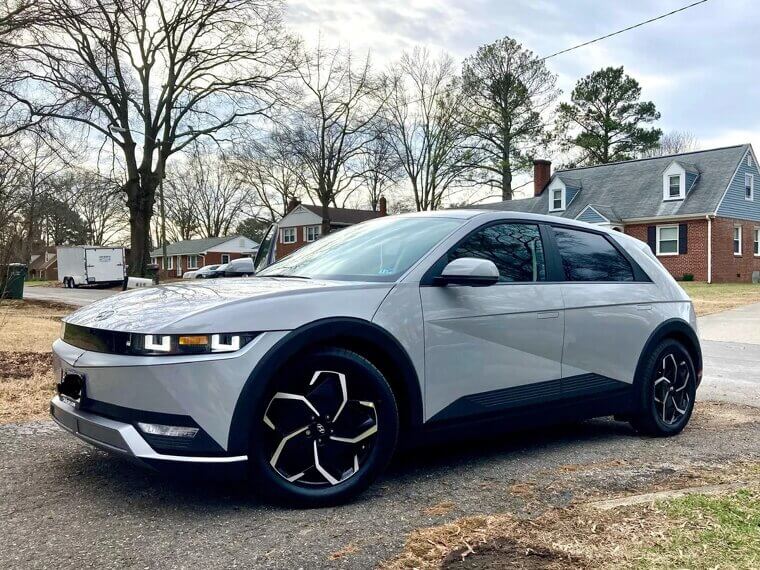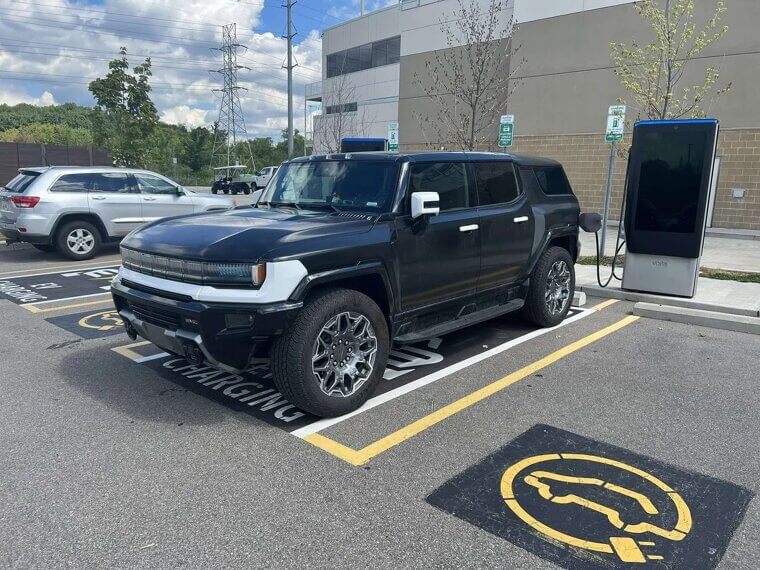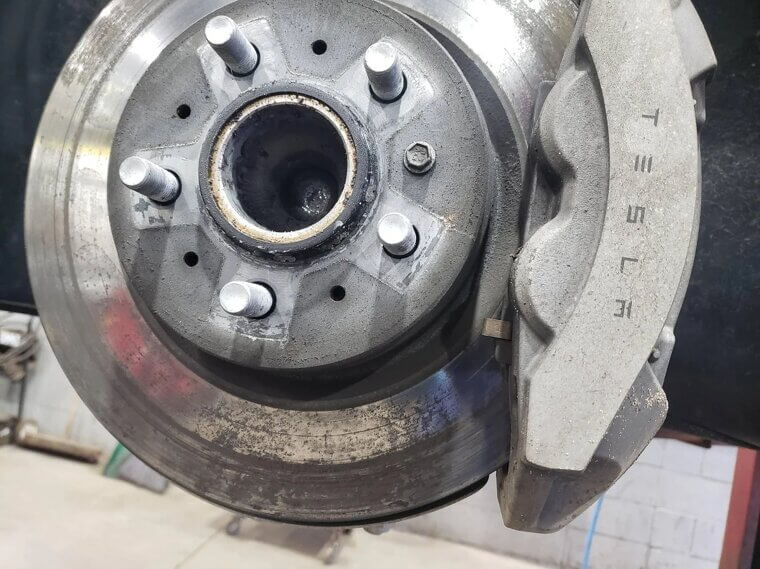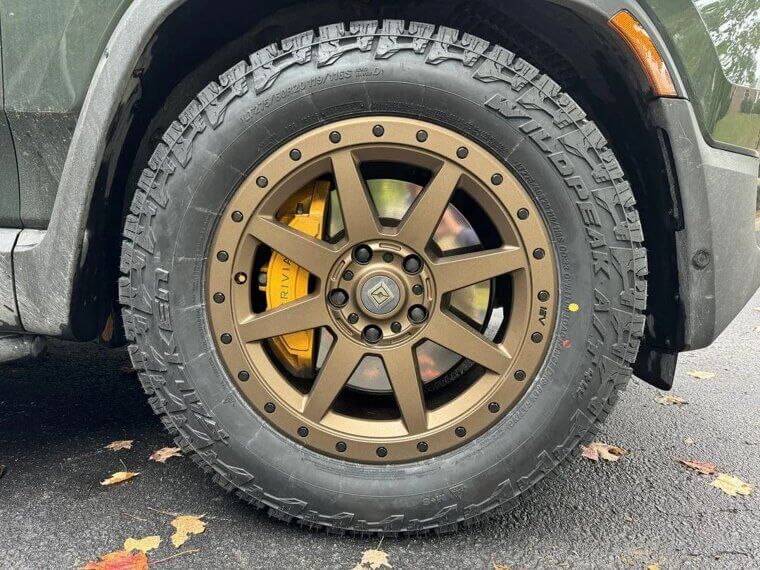EVs Go Through Tires Like It's Cheap Toilet Paper
Electric vehicles offer a smoother ride with their instant torque, but this comes at a significant downside. Many EV owners are perplexed by how quickly their tires wear out compared to typical gas-powered vehicles. Here are six reasons why EV cars destroy their tires so fast.
Instant Torque Burns Rubber
Electric motors are known for delivering their maximum torque instantaneously, which means they have significant acceleration from a standstill. While this is impressive, the notable surge puts considerable stress on the tires, especially the front pair. This constant stress causes tires to wear down significantly faster than most gas-powered vehicles.
Electric Vehicles Weigh More
Due to their large battery sizes, electric vehicles tend to weigh more than typical combustion engine cars. It's added weight puts extra pressure on the vehicle's tires, especially during braking and cornering. This results in faster wear and tear even for the typical driver.
Regenerative Braking Adds Uneven Wear
Over time, regenerative braking is known for wearing down tires unevenly. Unlike traditional braking mechanisms that distribute force across all four wheels, regenerative braking focuses on specific tires, notably the front ones. It not only causes quicker degradation of the tires but can also lead to serious handling issues over time.
High Torque Leads to More Spin
Because EVs have higher torque on takeoff, it often leads to tire slippage, even if you aren’t an aggressive driver. The spin, although only momentary, can cause notable tread wear on your tires. It is particularly an issue in low-traction conditions.
Specialized Tires Wear Quickly
To handle their unique dynamics, electric vehicles will often require special tires with reduced rolling resistance and reinforced sidewalls. Longevity is not a primary focus of the design, as many EV manufacturers prioritize performance and efficiency. Often, they opt for tires with softer compounds as well.
Owners Don’t Expect It
Many first-time owners are unfamiliar with their vehicle's needs. They believe tire maintenance is similar to that of gas-powered cars. However, without regular tire rotations and pressure checks, wear becomes apparent quickly and unevenly. Having fewer service check-ups results in the owners' tires wearing out, leaving drivers frustrated and potentially putting them at risk of being unsafe.

